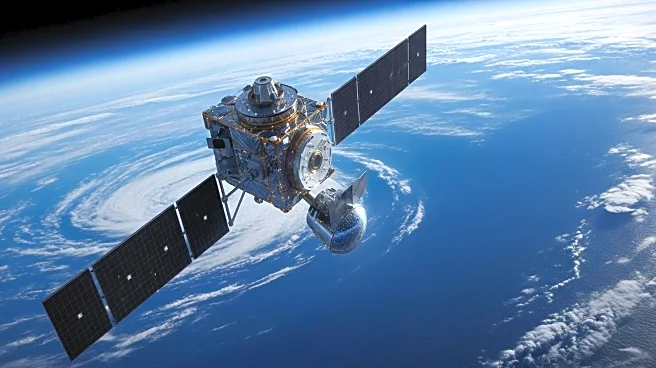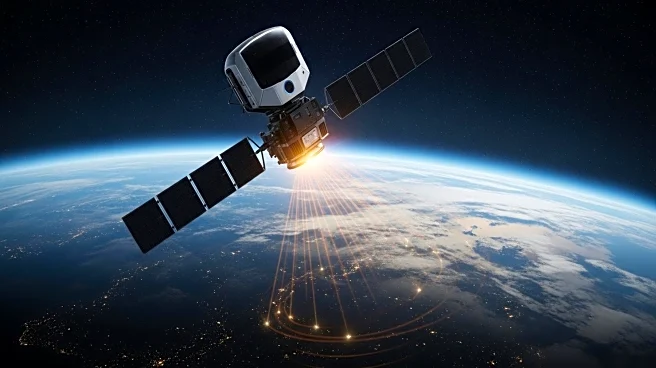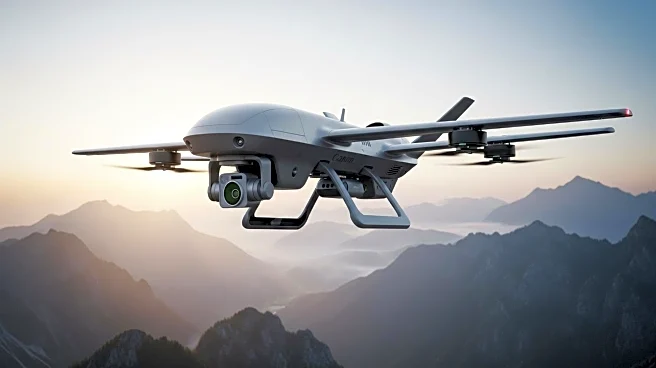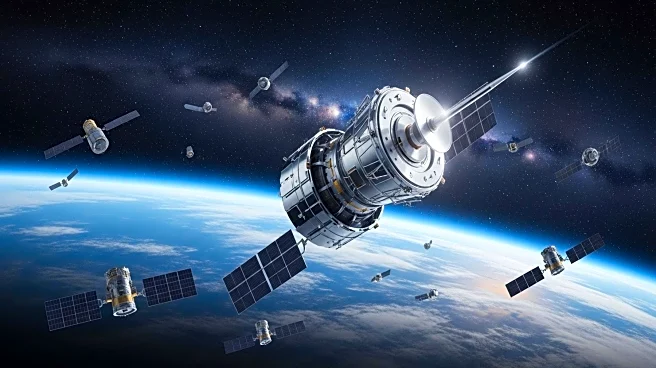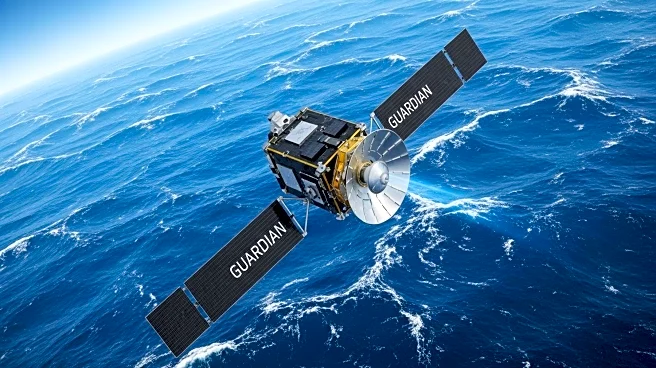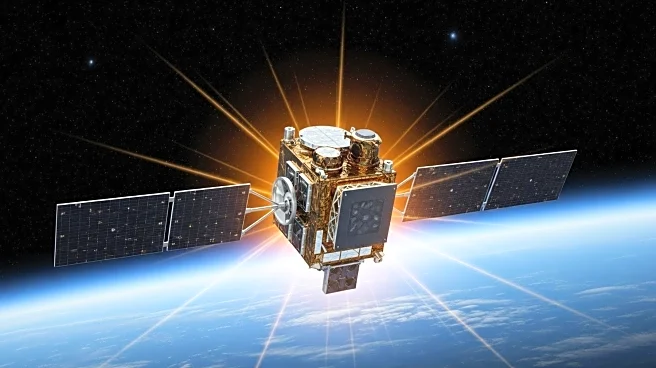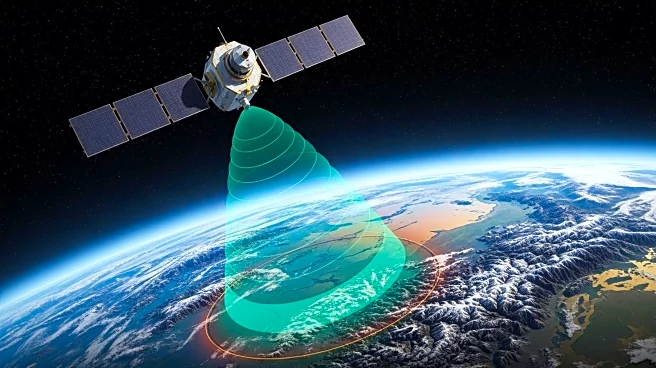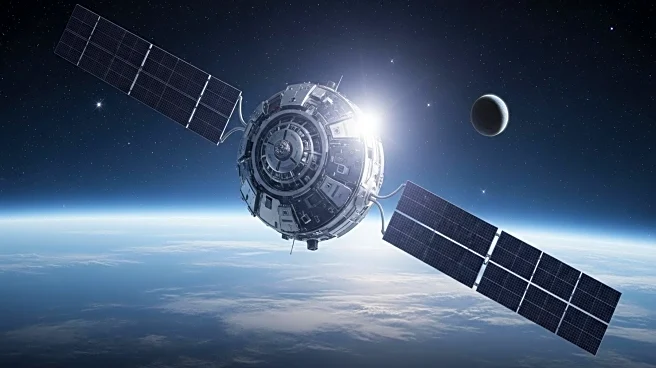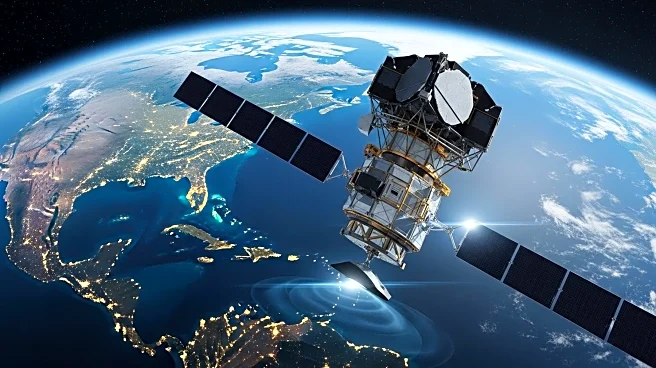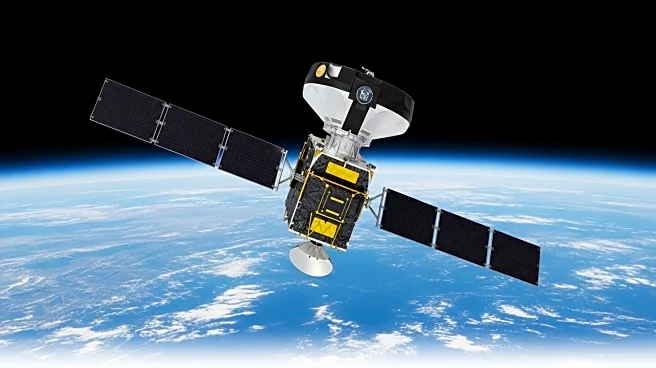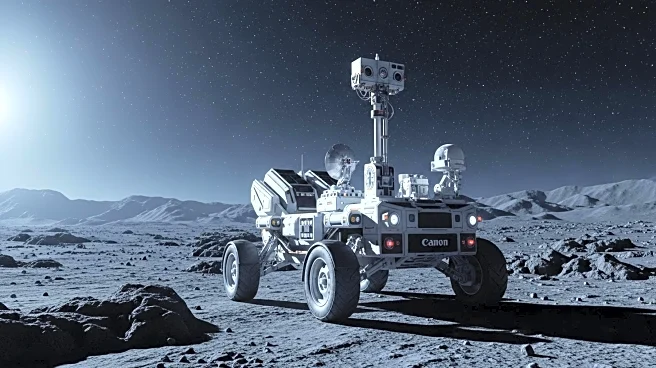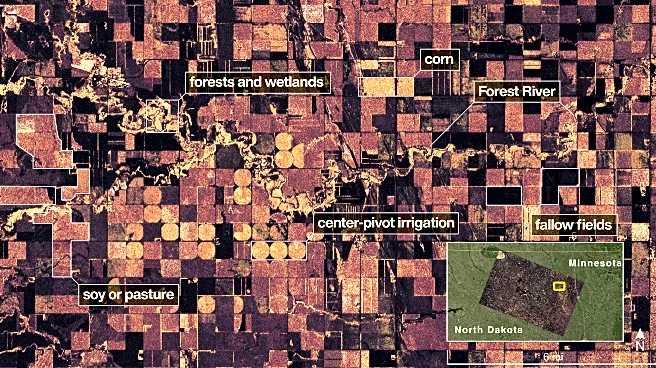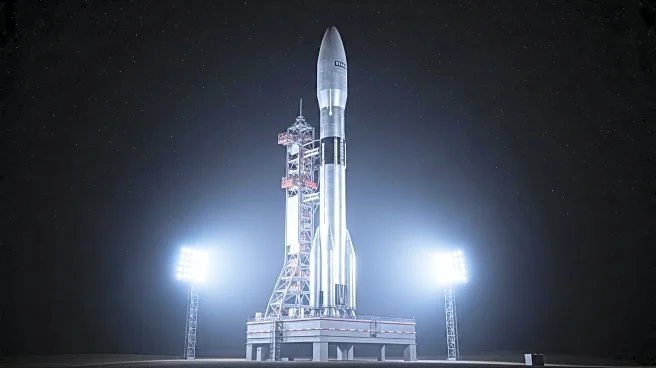What is the story about?
What's Happening?
NASA's GUARDIAN system, developed by the Jet Propulsion Laboratory, has demonstrated its ability to detect tsunami-triggered atmospheric waves within minutes. The system uses satellite data to identify atmospheric signals generated by tsunamis, providing near-instantaneous monitoring capabilities. During a real-world test following a magnitude 8.8 earthquake off Russia's Kamchatka Peninsula, GUARDIAN detected pressure waves in the upper atmosphere and issued alerts up to 40 minutes before the tsunami reached Hawaii and other Pacific regions. This rapid detection is made possible by GUARDIAN's use of Global Navigation Satellite Systems (GNSS) data, which monitors Total Electron Content in the ionosphere to detect atmospheric disturbances.
Why It's Important?
The GUARDIAN system represents a significant advancement in tsunami detection and early warning capabilities. By providing rapid alerts, it enhances the ability of emergency response teams to protect vulnerable coastal communities. The system complements existing seismic and deep-ocean pressure sensor networks, offering an additional layer of data for confirming tsunami occurrences. This space-based monitoring solution is crucial for time-sensitive evacuation efforts, potentially saving lives and reducing the impact of natural disasters. GUARDIAN's open access to real-time data supports international cooperation in disaster response, highlighting the importance of global collaboration in addressing natural hazards.
What's Next?
GUARDIAN will continue to be tested and refined to improve its accuracy and reliability in detecting tsunamis and other natural hazards. The system's capabilities may be expanded to monitor a wider range of events, such as volcanic eruptions and landslides. As GNSS technology advances, GUARDIAN could benefit from increased satellite coverage, enhancing its global monitoring capabilities. The system's development and deployment will be closely watched by scientists and emergency response agencies, who may integrate its data into existing warning systems to improve disaster preparedness and response strategies.
Beyond the Headlines
The development of GUARDIAN highlights the potential for using atmospheric monitoring to detect oceanic events, offering a novel approach to disaster detection. This method leverages existing GNSS infrastructure, demonstrating the versatility of satellite technology in addressing global challenges. The system's ability to provide rapid alerts without relying on assumptions about the event's origin underscores the importance of innovative solutions in disaster management. GUARDIAN's success could inspire further research into atmospheric monitoring techniques, potentially leading to new applications in environmental science and hazard detection.
AI Generated Content
Do you find this article useful?
